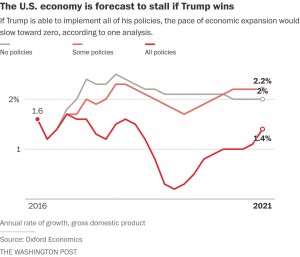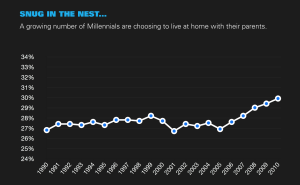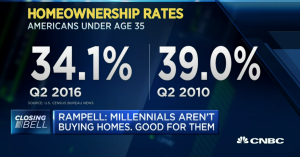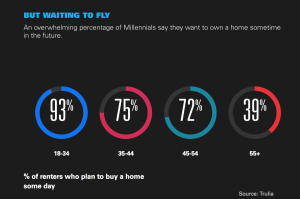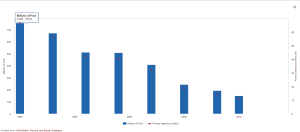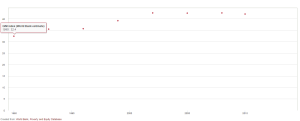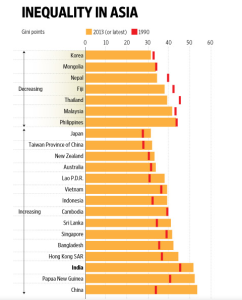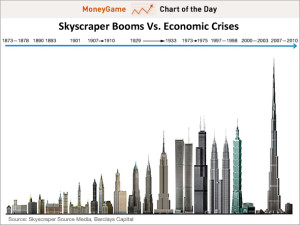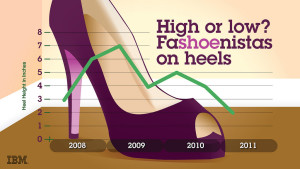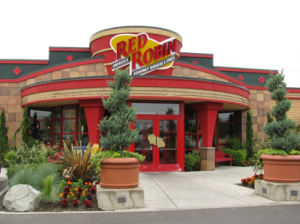For many people, exercise is a part of their everyday routine. And for others, it is always something that looms over them, as something they should do to improve their health. Everyone finds themselves thinking “I should work out more,” or “I should really go the gym,” once in a while.
For those fitness fanatics and the casual user trying to get into the habit of exercise, fitness classes are a popular option for motivation and training. However, they can be very expensive – ranging from $15 to $40 for a single class.
ClassPass is a start-up that offers a subscription-based model for fitness classes in over 20 cities all over the country. The service offers 5, 10, or unlimited classes per month and the subscriptions range from $50-$200 per month. 
Since their launch in 2013, the company has booked over 18 million class reservations and has raised $84 million in funding.
The company has been hailed as the next Uber, as many other companies are using the ClassPass business plan as a model for other types of subscription services, like blowouts.
While this service has become very successful over the past few years, many fitness studio owners have criticized the company for their low payments to the studios and the detraction of business from these boutique studio owners.
Each month, ClassPass pays out an undisclosed sum to their studio partners, depending on how many people booked a class reservation through their system. Although the exact number is not released by ClassPass, many sources say that ClassPass pays about fifty percent of the retail price. So, if a class is typically priced at $30, ClassPass will pay only $15 for their customer to attend the same class.
This elastic pricing between customers is what is both the most intriguing and what has caused the most problems in ClassPass’s brief history. 
Many studio owners feel very contradicted in regards to ClassPass. On one hand, by using ClassPass, they are filling their classes and receiving revenue that they would have otherwise not been generating. However, many regular studio goers get fed up with the ClassPass users who are paying a discounted rate and make the classes much more crowded.
So, which is more important? Having bodies in the room or having loyal customers who are willing to pay the full rate, which for some classes can be up to $40 per class, for the same class?
While many studios have chosen to participate in ClassPass and chose to limit the number of spots and the time of day that the classes are available to ClassPass users, there are some studios that have chosen to forgo the ClassPass option.
For example, SoulCycle, an always popular option especially in Los Angeles, refuses to join ClassPass and instead charges $34 a class. Their classes are almost always full and people are willing to pay full price.
While the idea is that ClassPass will encourage their users to become loyal followers of a certain fitness class and instead book through them, many stay ClassPass users and bounce around each week from studio to studio.
As ClassPass matures and expands, will the benefits outweigh the costs for studios around the country and will studios continue to use their service? And, as prices increase for customers, will customers still view the service as a value?


